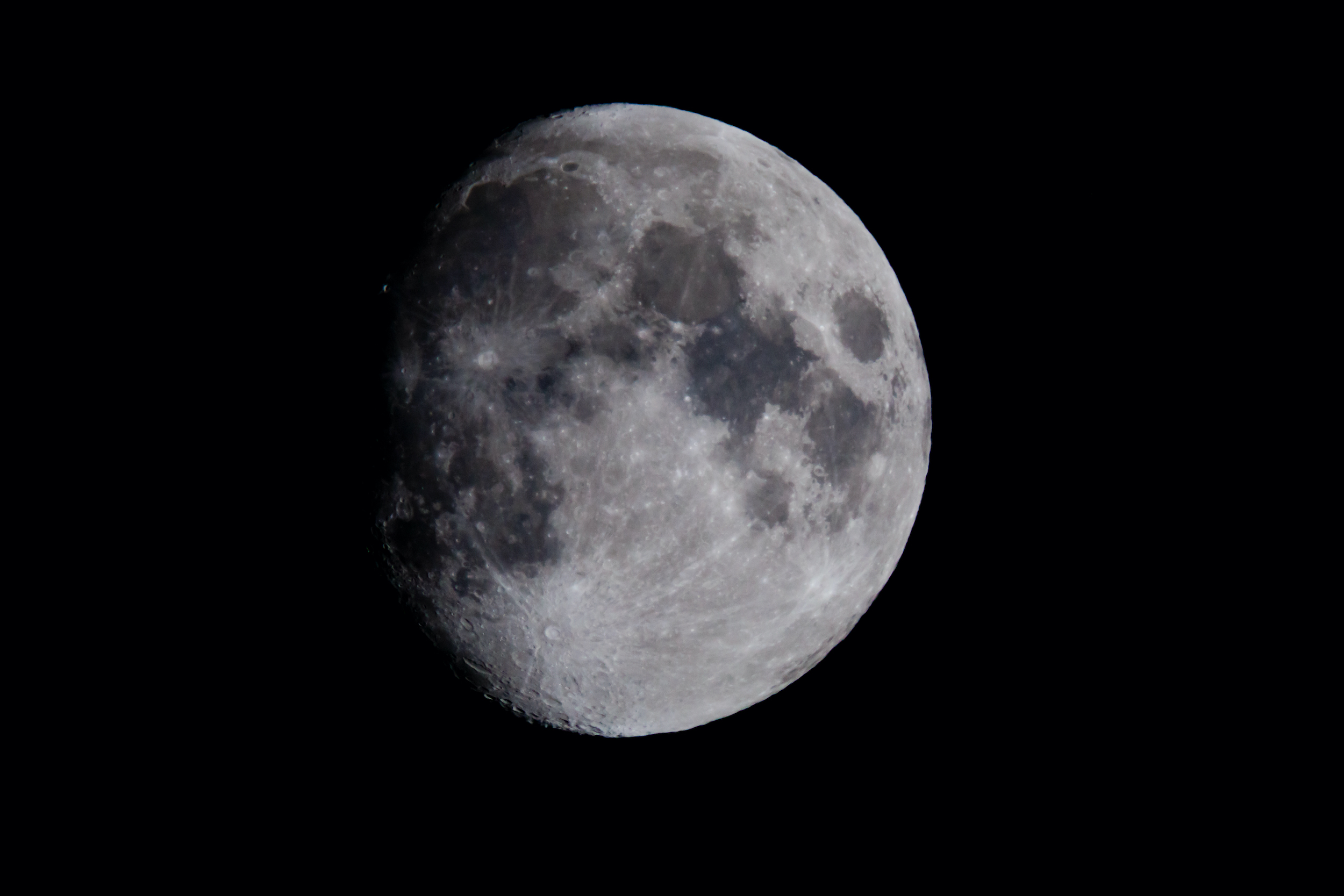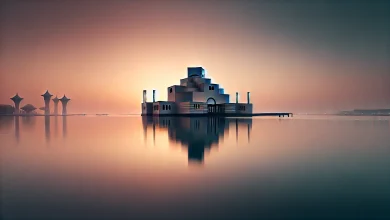NASA predicts the longest partial lunar eclipse of the 21st century
ناسا تتوقع حدوث أطول خسوف جزئي للقمر في القرن 21
AP
The longest partial lunar eclipse of the century is set to occur overnight on November 18-19 when the Moon will slip into Earth’s shadow for a couple of hours, according to Nasa. The eclipse will occur earlier or later in the evening depending on the time zone of people witnessing the phenomenon. The duration of the partial lunar eclipse will be about 3 hours and 28 minutes.
During a partial lunar eclipse, Moon traverses Earth’s penumbral and umbral shadows. Lunar eclipses can only occur during the Full Moon phase, with a minimum of two and a maximum of five lunar eclipses every year.
November’s will be the second and the last lunar eclipse of the year. In May, a total lunar eclipse occurred for a duration of 3 hours and 7 minutes.
This time, the eclipse will be visible from any location where the Moon will be above the horizon, according to Nasa, which means people in North and South America, Eastern Asia, Australia and the Pacific Region will be able to see at least part of the eclipse.
For those observing the eclipse from US East Coast, it will begin around 2.18am, reaching its peak at 4.02am in the morning. On the US West Coast, it will begin just after 11 pm, peaking at 1 am.
“A partial lunar eclipse is on the way, taking place overnight on November 18th and 19th, when the Moon slips into Earth’s shadow for a couple of hours. Weather permitting, the eclipse will be visible from any location where the Moon appears above the horizon during the eclipse. Depending on your time zone, it’ll occur earlier or later in the evening for you,” wrote Nasa in its monthly update.
The longest total lunar eclipse of the century occurred on July 27, 2018, which went on for about an hour 42 minutes.
قنا
أعلنت وكالة الفضاء الأمريكية /ناسا/ أن العالم سيشهد أطول خسوف جزئي للقمر في القرن الحادي والعشرين يوم التاسع عشر من نوفمبر الجاري، حيث ستتم رؤيته بوضوح في أمريكا الشمالية.
وكشفت /ناسا/، في بيان، أن الخسوف سيبلغ ذروته في الساعة 4 صباحا، وتوجد امكانية لأن يستمر 3 ساعات و28 دقيقة، حيث سيظهر خلالها 97% من القمر باللون الأحمر، وسيتمكن الناس في جميع أنحاء العالم من رؤيته اعتمادا على مناطقهم الزمنية، مضيفة أنه من المحتمل أن يكون الخسوف أطول خسوف بين عامي 2001 و2100 .
وبحسب /ناسا/، سيكون الخسوف مرئيا أيضا في أمريكا الجنوبية وشرق آسيا ومنطقة المحيط الهادي وأستراليا.




